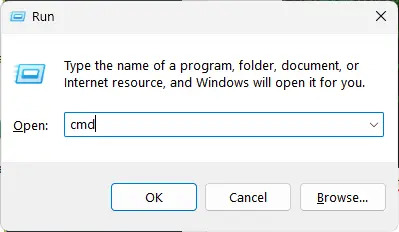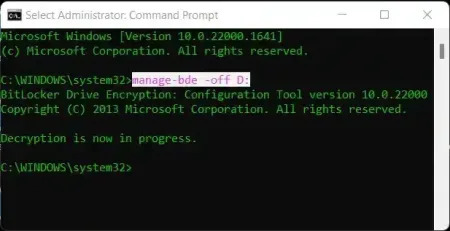Ever wondered how to disable Bitlocker? BitLocker is a full disk encryption feature developed by Microsoft to protect data on Windows operating systems. It encrypts the entire hard drive, including the operating system, system files, and user data. Once enabled, it requires a user to enter a password or insert a USB key to unlock the drive and access its contents.
BitLocker uses Advanced Encryption Standard (AES) encryption with a 128-bit or 256-bit key, depending on the version of Windows. It also supports the use of a Trusted Platform Module (TPM), a chip on the computer's motherboard that stores encryption keys and helps prevent tampering with the system. Additionally, BitLocker can be used with a USB startup key, which must be inserted into the computer's USB port to boot the system.
BitLocker is available on certain versions of Windows, including Windows 11, Windows 10 Pro and Enterprise, Windows 8.1 Pro and Enterprise, and Windows 7 Ultimate and Enterprise. It is not available on Windows Home editions. To use it, the computer must have a TPM chip or a USB startup key, and the user must have administrative privileges to enable and configure the feature.
How to Disable BitLocker
The two methods below cover how to disable Bitlocker on a drive with encryption enabled and on a drive without it enabled.
Method 1: Disabling BitLocker on an External Drive with Device Encryption Enabled
- Connect the encrypted external drive to your computer.
- Open File Explorer, and right-click on the external drive you want to disable.
- Select "Manage BitLocker" from the context menu.
- If prompted, enter your BitLocker password or recovery key.
- In the BitLocker Drive Encryption window, click on "Turn off BitLocker."
- Wait for the decryption process to complete. This may take some time depending on the size of the drive and the amount of data stored on it.
- Once the decryption process is complete, you will receive a message indicating that BitLocker has been turned off.
- You can now safely disconnect the external drive from your computer.
Note: Disabling BitLocker will remove the encryption from the external drive, making the data accessible without a password or recovery key. If you want to re-enable BitLocker, follow the same steps and select "Turn on BitLocker" instead.
Method 2: Disabling BitLocker on an External Drive without Device Encryption Enabled
- Ensure the BitLocker drive is unlocked and accessible. If not, sign in to your Microsoft account to retrieve your recovery key, then enter the recovery key when prompted while trying to access the drive.
- Open a Command Prompt as Administrator:
- Press Windows + R, then type cmd in the Run box.

- Press Ctrl + Shift + Enter and follow the on-screen prompts to run the command as an administrator.
- Press Windows + R, then type cmd in the Run box.
- To disable BitLocker on the drive, type the following command, replacing
Xwith your actual drive letter:manage-bde –off X:
BitLocker can also be disabled from the Command Prompt.